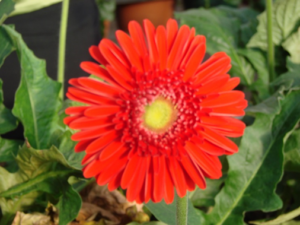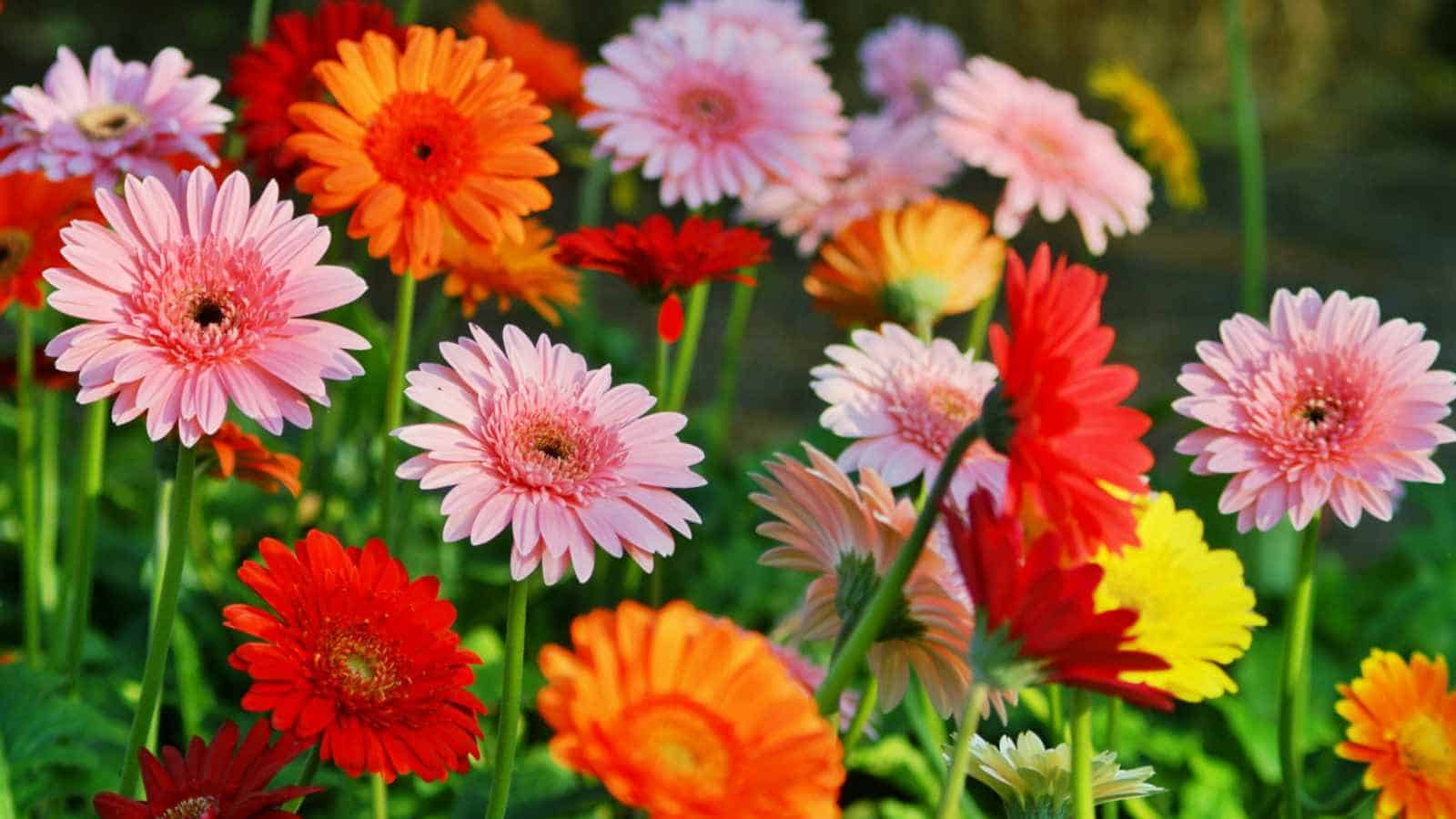Gerbera is one of the most popular flowering plants. Some say it practically sells itself! However, if quality is not there, sales will suffer. For the highest-quality finished product, Gerbera seedsmen says gerbera production requires more attention to detail than most crops.
Temperature and humidity

It is advised to grow at 100 percent humidity for the first three to four days. Reduce it to 75 percent for the next four to five days. After one week, avoid disease problems by lowering the humidity to 40 to 60 percent. A maximum of 70 percent humidity should be maintained. Good air circulation is very important.
Optimum day length during germination is 16 hours. During periods of low light, use supplemental lighting at 35 to 40 watt m2 (3500 to 4000 lux), or 400 foot-candles. Gerbera require light during germination so the seed does not need to be covered. If you use vermiculite to maintain a higher humidity, use a very light covering so the seed is still visible after watering the trays.
Grow media
A porous, well-drained media should be used with an EC of 1.2 to 1.5 and a pH of 5.5 to 5.8. Use a coarse peat to provide better aeration.
Plug Crop Time: In a larger plug, the crop time is approximately seven weeks from sowing if proper temperature, light and fertility guidelines are followed. The young plants are ready to be potted when they reach the four to five true leaf stages.
Gerbera fertilizing
It pays off to begin feeding with a complete fertilizer after the first week or once the seedlings are established. Some fertilizers that work well are a 14-4-14 or a 17-5-17 at 50 ppm or even a 20-10-20 at 60 ppm if the light levels are higher. Make sure the plants receive enough feed and the pH remains between 5.5 and 5.8. After 14 days, increase the fertilizer level to 75 ppm.
Transplanting
Transplant your tiny Gerbera seedlings on time so plants don’t become root bound and delay flowering, inhibit development and result in plants that don’t size up properly. Make sure they aren’t planted too deeply. If the soil covers the crown of the plant, it will inhibit proper growth.
Gerbera Growing Media
Use a fully fertilized, porous, well-drained soil. EC should be 1.5-2.0 with a pH of 5.5-5.8. A coarse peat with 20 percent perlite provides good aeration.
Right Temperature
The temperature within the greenhouse for Gerbera flower initiation is found to be around 23˚C and for unfolding of the leaves is around 25-27˚C. The temperature should never go below 12˚C and above 35˚C. To maintain healthy plants, the optimum humidity within the greenhouse should be around 70-75%.
Moisture
Alternate between moisture levels of wet and medium and allow media to approach medium before saturating to wet. Do not allow plants to wilt, which can cause root injury.
Greenhouse Lighting
It is advised for supplemental lighting which is beneficial during winter months. In the finishing stages, avoid a day length greater than 16 hours. When plants are getting established after transplanting, a 14-hour day length works well, and then after seven to 10 days, reduce it to 11-13 hours.
Application of Fertilizer

Constant feeding with a 17-5-17 fertilizer at 150-200 ppm is needed to maintain an EC in the soil of 1.75 to 2.0. Under high light conditions, a 20-10-20 fertilizer can be used. Supply 8-12 ppm phosphorous and 1.5 ppm iron. The use of a calcium-based fertilizer is recommended during the winter months but may need to be supplemented with an ammonium-type fertilizer.
Watch your pH closely. The optimal pH is between 5.5-5.8. Gerberas favor a lower pH and will show signs of iron and manganese deficiencies when the pH reaches 6.5. At this point, the leaves will have a mottle to the foliage.
Growth Regulators
For smaller containers like 4-inch pots, apply B-Nine (daminozide) at 2,500 ppm seven to 10 days after potting. Do not apply B-Nine once buds are visible, because this will cause shortened flower stems. When pea-sized buds are visible, the plants will flower in approximately three weeks.
Diseases
Preventive fungicides may be applied for Rhizoctonia, Pythium and Phytophthora. It is up to the Gerbera producer to teach his staff on scouting plants for underwatering and possible diseases. Early detection and suitable action will pay off in terms of abundant crops! By JS and several sources

